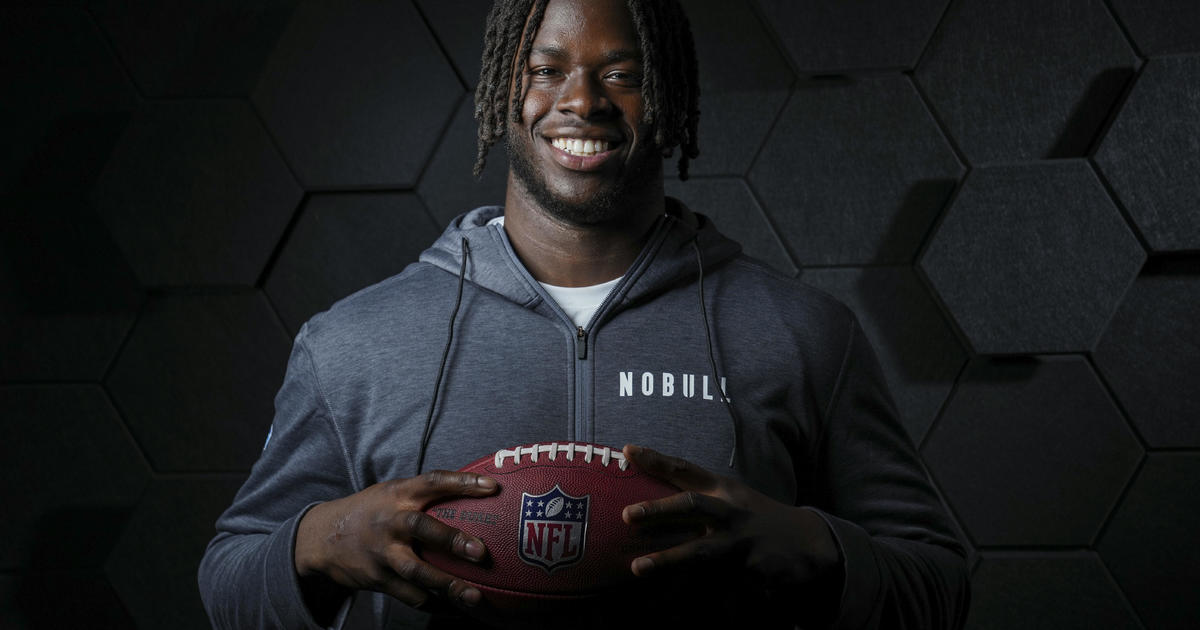NFL adopts new kickoff rule. Here's what it means
BOSTON -- For the last decade-plus, the NFL has tried to alter the kickoff to try to increase player safety without eliminating the play altogether. Now, the league is set for its most significant change yet.
Owners on Tuesday voted to approve the new kickoff rules, which means the traditional play that every football fan associates with the kickoff will no longer take place in the world's most popular football league.
The new rule, in short, is close to being a copy of the kickoff that's been used in the XFL. Here's what it looks like:
The rule places 10 members of the kicking team lining up on the receiving team's 40-yard line. They cannot move until the kick is either caught or hits the ground.
The receiving team will have at least nine players lined up in the "set up zone" between their own 30 and 35-yard lines, with seven of those players having a foot on the 35-yard line, with specific alignment requirements. Those players also can't move until the ball is caught or hits the ground.
That sets the majority of the kickoff team and the kick return team five yards apart from each other, thus mitigating high-speed collisions.
A maximum of two players on the return team can line up in the "landing zone," between the end zone and the 20-yard line. They are free to move as desired and/or needed prior to the kick being caught or hitting the ground.
Any kick that lands in the landing zone is live, meaning it has to be returned, or else the kicking team can recover it as a loose ball.
Kicks that land short of the landing zone are considered to be the same as a kickoff out of bounds, with the receiving team gaining possession at their own 40-yard line.
Kickoffs that travel into the end zone through the air can be downed for a touchback, with the ball going out to the 30-yard line. (The original proposal had those going out to the 35-yard line.)
But a wrinkle exists there: If the ball lands in the landing zone and bounces into the end zone, then a touchback only moves the ball to the 20-yard line. That rule will encourage teams to return any kick that comes down short of the goal line.
Additionally, no fair catches will be allowed on kickoffs. And if the ball is blown off the tee by the wind, kickers can use a kicking arm to hold it in place. (Previously, a teammate would hold the ball on the tee. But with the kicking team downfield, that's no longer an option.) Lastly, the setup zone and landing zone won't change if any penalties carry over into the kickoff. Only the location of the kick will change.
While this rule likely means the death of the onside kick, there is a rule allowing onside kicks to be attempted in the fourth quarter. A team trailing in the fourth quarter is allowed to attempt one, though they have to announce their intentions before the play. The current onside kick rules apply from that point forward.
The new rule was approved on a trial basis for the 2024 season, and it will be reevaluated next offseason.



